Shameena tells us the origin of the turban or Pugree, in the first part of the regular column, exclusively for Different Truths.
Turban, a headdress or Pugree, as a concept of costume, had come down from hoary past. In the pre-historic era, men felt the need to protect himself against the natural odds followed by the desire of self-beautification, whereupon the gradual evolution of costume started.
Long before the primitive man could weave clothes for himself, he conceptualised a ring-like structure, which was merely tied around the waist with no cloth around and it served as a pocket to keep the stone-age man in genius gadgets. This ring made up of plant bough or stem which enabled the ancient man to keep his hand free and movement unhampered. Nevertheless, this was the conscious beginning of the evolution of costumes. Similarly, the pre-historic man used to hang leaves, flowers, and feathers from his head as natural suspender for self-pleasing decoration.
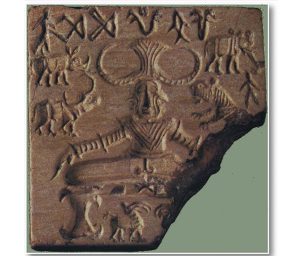 The first reference of head-dress is found in the prehistoric rock paintings which were created by hunter-gatherers some ten to thirty thousand years ago. Those headgears were mainly of animal horns or mask-like animal faces over their head which would help them disguise as animals while hunting.
The first reference of head-dress is found in the prehistoric rock paintings which were created by hunter-gatherers some ten to thirty thousand years ago. Those headgears were mainly of animal horns or mask-like animal faces over their head which would help them disguise as animals while hunting.
Communities with prominent turban-wearing traditions might be found in the Indian Subcontinent, Afghanistan, Southeast Asia, the Arabian Peninsula, the Middle East, the Near East, Central Asia, North Africa, the Horn of Africa, the Sahel, North America, and parts of the Swahili Coast.
Wearing turbans is common among Sikhs, including women. The headgear also serves as a religious observance, including among Shia Muslims, who regard turban-wearing as Sunnah Mu’akkadah (confirmed tradition).
The turban is also the traditional headdress of Sufi scholars. Additionally, turbans have often been worn by nobility, regardless of religious background. They are also sometimes donned to protect hair or as a head wrap for women following cancer treatments.
The Origin of Turbans
The origins of turbans are uncertain. Some of the ancient civilisations such as those of Ancient India, 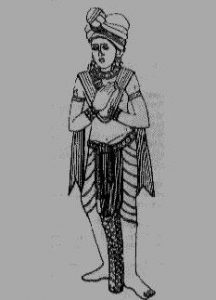 Mesopotamia, Sumerian and Babylonian evidently used turbans. A style of turban called a Phakeolis continued to be worn in that region by soldiers of the Byzantine army in the period 400–600, as well as by Byzantine civilians as depicted in Greek frescoes from the 10th century in the province of Cappadocia in modern Turkey, where it was still worn by their Greek-speaking descendants in the early 20th century. The Islamic prophet, Muhammad, who lived 570–632, is believed to have worn a turban in white, the holiest colour. Many Muslim men choose to wear green, because it represents paradise, especially among followers of Sufism. In parts of North Africa, where blue is common, the shade of a turban can signify the tribe of the wearer.
Mesopotamia, Sumerian and Babylonian evidently used turbans. A style of turban called a Phakeolis continued to be worn in that region by soldiers of the Byzantine army in the period 400–600, as well as by Byzantine civilians as depicted in Greek frescoes from the 10th century in the province of Cappadocia in modern Turkey, where it was still worn by their Greek-speaking descendants in the early 20th century. The Islamic prophet, Muhammad, who lived 570–632, is believed to have worn a turban in white, the holiest colour. Many Muslim men choose to wear green, because it represents paradise, especially among followers of Sufism. In parts of North Africa, where blue is common, the shade of a turban can signify the tribe of the wearer.
Ancient Indian History
There are references to headgears in the Rig Veda which were sported during Yagnga and those are of varied colours similarly, in the Mohenjo-Daro and Harappan culture. In the later Vedic period, Brahmins were placed above the king in the then hierarchical order of the society. In the play, Charudatta, the Brahmins officiating at the sacrificial session of Duryodhara are described as having their feet rubbed by the head-clothes of the King Rajnaam Vestanapattaghrstacarnah. Thus, it was a description of the symbolism of submission of the kings to the Brahmins on the occasion of ritualistic sacrifice.
In those days, men of higher social strata sported head-wraps which were richly padded clothes of varied shapes. They also had their hair tied with a ribbon. Men and women of Royal families or Goddesses wore elaborate headgears and coiffure. But commoners did not sport any headgear. We find some descriptions of Indus headdresses which were a fan like structure and of spiral form and some were bossed head-dress.
In Ancient India, Pugree was a concept of dignity and authority, and Yagnya was performed wearing Pugree. In the Vedic period, duringRajasyua Yagnya one had to wear Pugree in a particular style, the rationality of which is hard to understand but seems to have been a deep-rooted custom. Around 300 B.C. one finds references about Rishi Apasthamba asking his student to take off their Pugrees, while approaching their teachers. This was practiced evidently as a token of respect to the teachers. This gesture 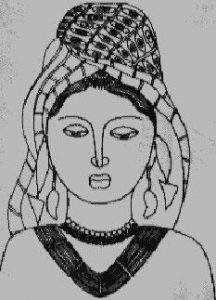 is similar to the western civilian gesture from the 17th Century until the 1960s, where it was considered polite to take off one’s hat on meeting a social superior or a lady, or when greeting an acquaintance.
is similar to the western civilian gesture from the 17th Century until the 1960s, where it was considered polite to take off one’s hat on meeting a social superior or a lady, or when greeting an acquaintance.
In the post-Vedic era 600-320 B.C., we find evidence of voluminous head-dresses mostly known as Ushnisha, and it became a common phenomenon. It is described as white and bright. It used to have cross-windings and was tied with a tilt. Thus the spiral, fan-like shape of Indus head-wrap in the post-Vedic period evolved into a cross-bind Ushnisha studded with jewels.
While tracing the historical development of head-dress one can find that Indian society used head-wraps centuries before the European world took to wearing hats as a part of its regular costume. During the Byzantine civilisation in the 11th-century A.D. head-dress became a regular feature, which was later passed on to the European world. Whereas, Indian society was sporting head-dress as a regular costume by c. 10,000 B.C. From the archaeological evidence of Bharhut, Bhaja, Bodhgaya, Sanchi, Mathura in Northern India and Mahabalipuram in the South, we find that head-dress for males and females were common. The early headgear was voluminous and Pugree were folded over the head with a loose richly embroidered end. The female wore Pugrees without any projections. But the male Pugree was projected vertically, frontal or sideways.
However, later on, male Pugree became of appropriate size.
In the next part, we will see the use of Pugree in the Sunga period, Gupta period, Islamic era and the Sikh intervention in India.
(To be continued)
©Shameena Abdurahiman
Photos from the Internet, sourced from the author
#Pugree #Headcloth #Headgear #Unstichedclothing #HistoryOfPugree #HisotryOfHeadCloth #FashionFunda #DifferentTruths

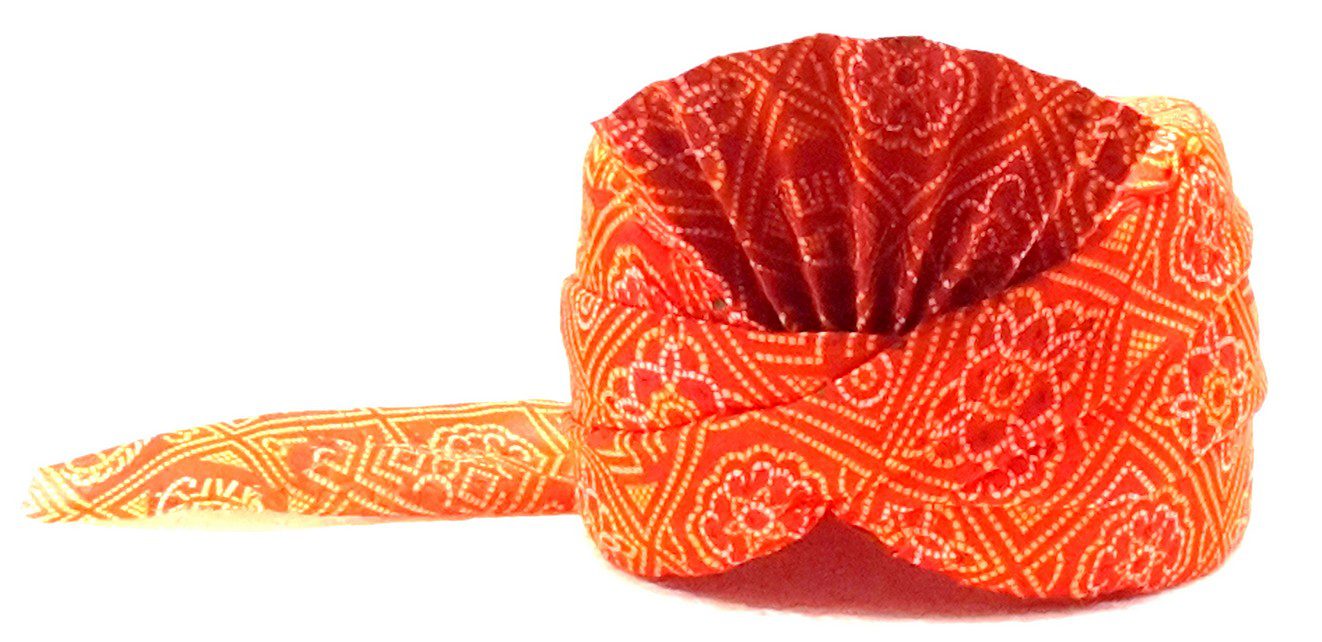
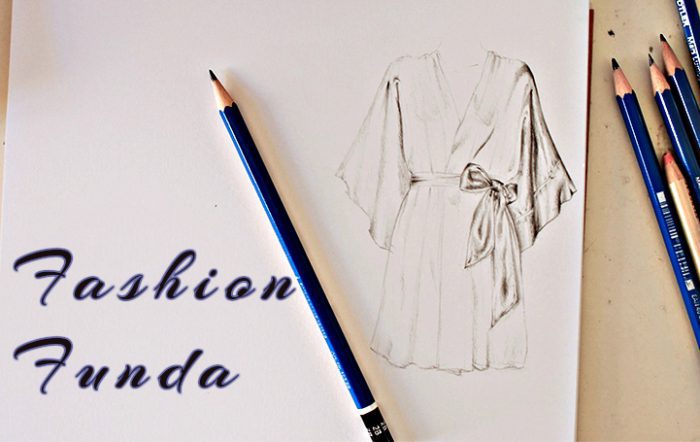


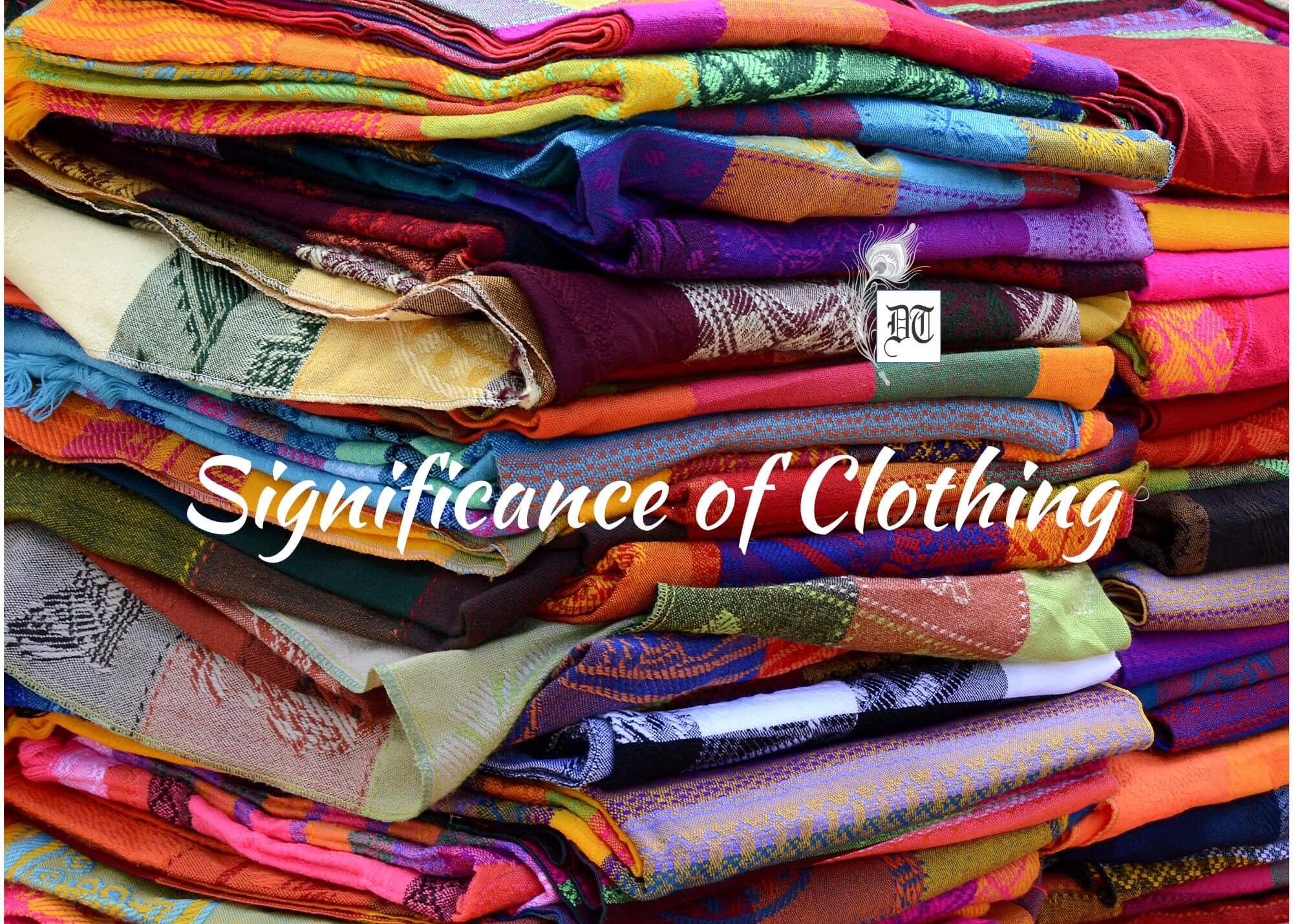
 By
By
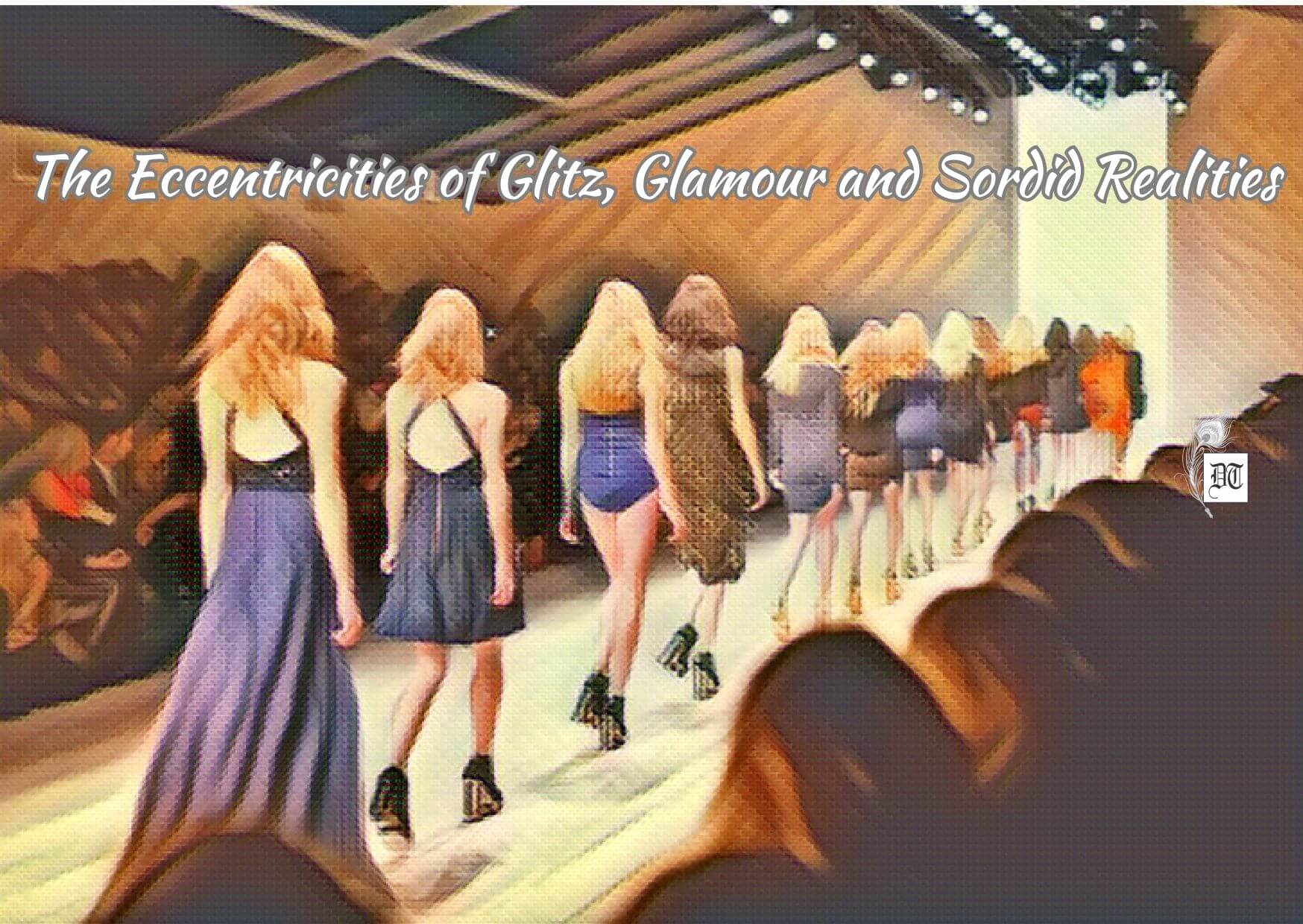
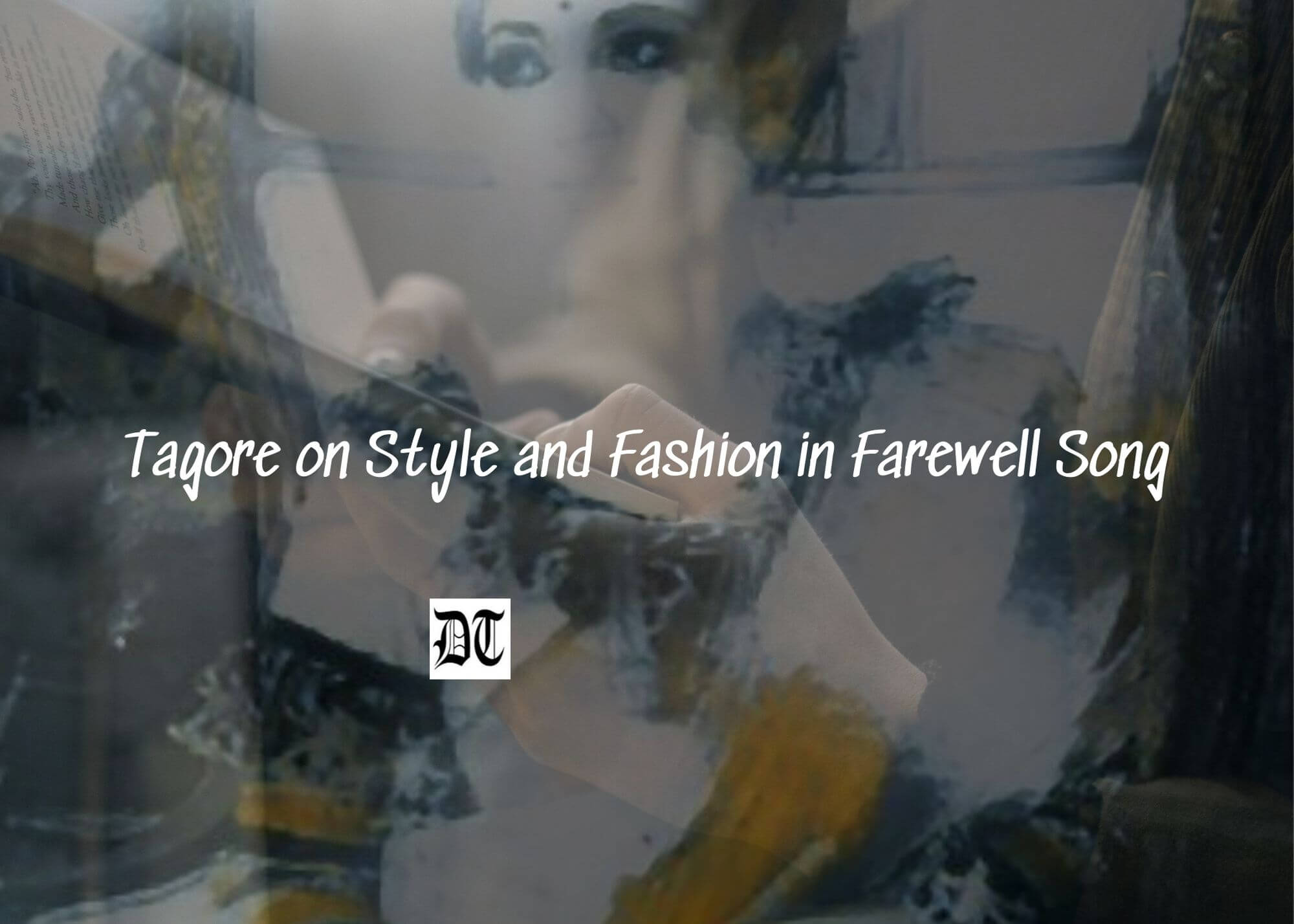
Word Turban is from Turkish word Tulipan(from which the Tulip derived its name). However, our Pug or Pugree is relic of our Taxila civilisation- Taxshila tribe’s insignia was Shishnag and they used to wear the headscarf in such a way that it resembled the Shishnag